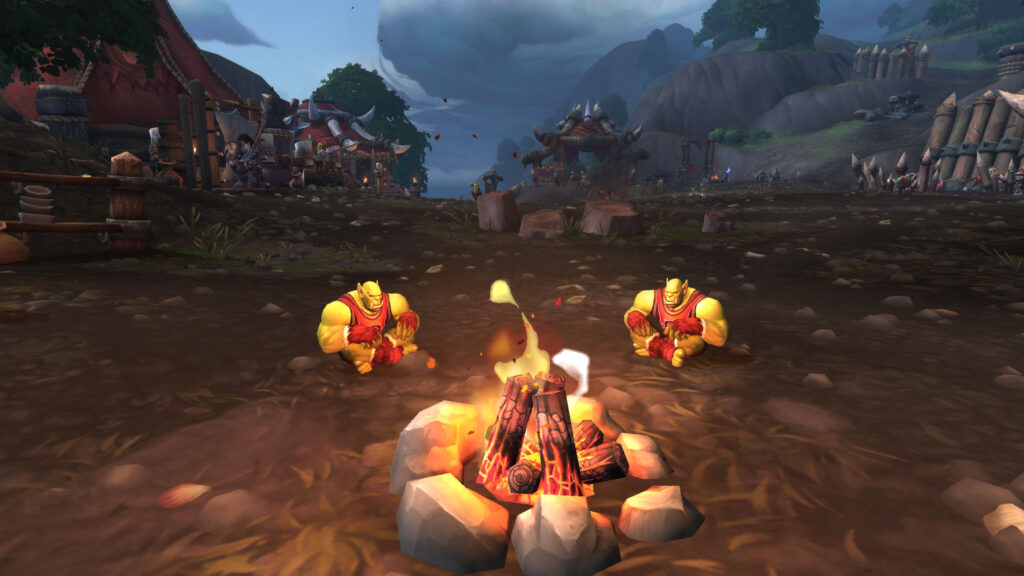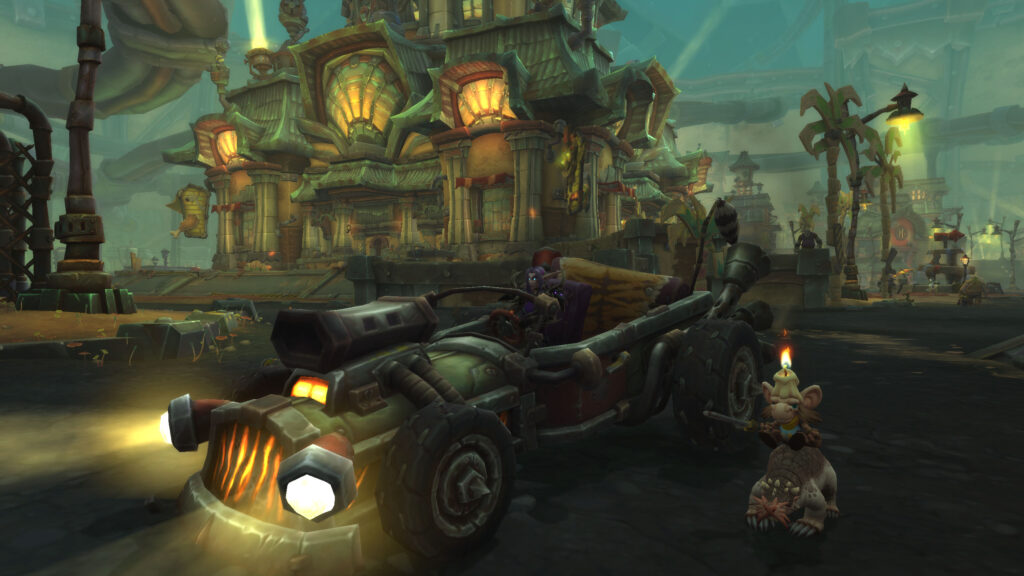Introduction
WoW boosting is a service where a skilled group helps you clear dungeons quickly and efficiently. Instead of running every pull yourself, you join a team that knows the fastest routes and strategies. This lets you bypass long trash waves and focus on key bosses or objectives. For many players, this means spending less time on routine content and more time on the parts they enjoy most. Fast runs also let you catch up on gear, experience, and weekly rewards with minimal effort. Rather than spending hours grinding, you can complete a set of dungeons in a fraction of the time it would normally take.
This approach is especially helpful for busy players who want to stay competitive without daily marathon gaming sessions. By joining a boost, you still take part in the combat and loot, but you benefit from the team’s knowledge and speed. Boosting is widely used for leveling alts, farming item level upgrades, or ticking off weekly keystone dungeons. With regular resets and new content each patch, fast dungeon runs keep you on pace with the latest gear requirements and vault rewards. Whether you need that last piece of gear to hit a raid’s item level cap or you want to clear Mythic+ for your vault, boosted runs clear a direct path to those goals without the usual grind.
Benefits of Fast Runs
Choosing boosted runs offers several clear benefits. First, the speed of completion means you spend less time on basic dungeon content. Instead of clearing every mob and gathering each resource, you focus on the main objectives or boss fights that yield the best rewards. This streamlined process saves time that you can invest in higher-level content, crafting, or exploration. Second, fast runs boost your weekly Great Vault options. Each dungeon you complete at Mythic+ level gains you credit toward vault rewards.

Faster runs let you tick off multiple dungeons in a single session, increasing your choices for gear drops. Third, staying efficient reduces burnout. Running the same dungeons repeatedly can become repetitive, but a quick run keeps the experience fresh. You still earn gear and currencies but without the repetitive waves of trash mobs or slow quest pickups. Fourth, boosted runs can help you learn the optimal paths and strategies. Observing veteran players shows you which pulls to skip, how to position for affixes, and which cooldowns to use. Over time, this knowledge can make your solo runs faster, too. Finally, fast dungeon runs free up time for other endgame activities—raids, PvP, or alt leveling—while still keeping your main character well geared.
Types of Dungeon Boosts
Dungeon boost services generally fall into three categories. The first type is leveling runs, where a team helps you powerlevel a character through low- to mid-level dungeons. In these runs, players focus on completing quests and killing high-XP targets rather than full clear. You move from one end of the dungeon to the other, skipping all nonessential content. This approach gets you to max level faster than solo questing. The second type is key farming for Mythic+ dungeons. In key farming runs, the goal is to complete the same dungeon on the highest possible key level within the timer. These runs maximize item level drops and vault progress. Teams will repeat a dungeon at a set key, clearing the route quickly to reset and run again multiple times in one session.

This yields a steady stream of high-level gear. The third type is timed speed runs, where the team aims to finish a dungeon as quickly as possible at a specified key level. These runs focus on precision—skipping all nonessential packs, using shortcuts, and pulling only the required mobs. Teams use every tool available: movement cooldowns, burst damage, and careful crowd control. Timed speed runs are popular for players chasing achievements, record times, or pushing high keys for prestige. Each type serves a different goal, but all share the promise of saving you time while advancing your character.
Preparing Your Group
A fast dungeon run starts with the right team. You need a steady tank to hold aggro, a solid healer to recover damage, and damage dealers who can burst down packs and bosses quickly. Clear roles help avoid confusion under a timer. In addition to roles, communication is key: set up voice or text chat so everyone can call out cooldowns, interrupts, or pulls. Make sure every player has the same addons for clear info on boss casts and affixes. Below is a simple table of ideal roles and example classes to help you form a balanced team:
| Role | Example Class | Why It Works |
|---|---|---|
| Tank | Protection Paladin | Strong shields and group stuns |
| Healer | Restoration Druid | Healing-over-time and mobility |
| Melee DPS | Havoc Demon Hunter | High burst and gap closers |
| Ranged DPS | Shadow Priest | Multi-target damage and absorbs |
| Utility | Windwalker Monk | AoE burst and off-tank support |
Before the run, agree on target order (single-target first, add packs later) and who handles interrupts. Make sure everyone’s gear is enchanted and gemmed, and that health potions or stat foods are ready. Ask each teammate to test major cooldowns on training dummies, so they know exactly when to use burst abilities. Set your group up in a party frame layout that shows faces, health bars, and debuffs clearly. Having the right composition and shared tools gives you the base you need to hit fast clear times.
Executing Fast Runs
When the timer starts, follow a clear path: pull only what’s needed for the key level, skip trash packs that don’t grant progress, and move through the zone without backtracking. Use movement cooldowns—like Demon Hunter’s Fel Rush or Monk’s Roll—to zip past unneeded areas. Save burst abilities for the final pack before each boss to build a damage lead. Focus damage on one target at a time, then move on to the next. Between pulls, use potions or healthstones to top off. Here are key tips to keep in mind:
- Plan your route: Use Mythic Dungeon Tools or video guides to map your pull order.
- Skip non-essential pulls: Run past occasional trash when possible, using invisibility or stun.
- Assign interrupts: Label one player for each interrupt and call out upcoming casts.
- Use consumables: Pop potions and health items on pull start or affix spikes.
- Save burst cooldowns: Keep major damage CDs for large trash waves or boss phases.
Maintain steady communication: call out low health targets and phase changes, and be ready to use emergency defensives if someone gets overwhelmed. Wipes can cost you precious seconds in the timer, so stay calm and reset quickly. A well-executed run keeps pace constant and avoids timing penalties.
After the Run
Once the dungeon is cleared within the timer, it’s time to capitalize on your effort. First, upgrade your keystone by picking the next key from the dungeon chest—this lets you push higher levels or repeat the same key for practice. Next, visit your Great Vault to review rewards from dungeon runs, raids, or PvP; fast clears help you unlock more reward choices. Check your gear and apply any upgrades, then decide whether to run the same dungeon again or switch to a different key for varied rewards.

Review your group’s performance: note any pulls that took too long or wipes that cost time. Discuss what worked—such as a new pull order or improved interrupt timing—and what needs adjustment. Logging your times in a simple spreadsheet or addon can help you track progress and set new goals. Finally, plan your next run: choose whether to focus on higher keys for better gear or repeat the same key for speed training. Taking a few minutes to reflect and plan ensures each run gets faster and more efficient, helping you stay ahead of gear cycles and weekly resets.
Conclusion
Fast dungeon runs offer a clear path to gear upgrades, vault rewards, and faster progression without the grind. You start by joining a team with defined roles—tank, healer, damage, and utility—and setting up communication and addons for smooth runs. With the right group, you follow an efficient route, skip nonessential pulls, and use burst cooldowns and consumables to clear key packs and bosses under timer. After each successful run, you upgrade your keystone, claim vault choices, and review performance to improve your next attempt.
Consistency is the key to mastering fast runs. Keep track of your clear times and group performance—note which pulls slow you down or which bosses need tighter coordination. Adjust your strategy by refining pull orders, reassigning interrupts, and testing new class setups. Regularly check your character’s gear and consumable supplies before each session to avoid delays. A quick gear swap or missing potion can add precious seconds to your run time.
Over time, you’ll build muscle memory for each dungeon’s layout, learn which affixes demand specific tactics, and perfect your use of movement and damage cooldowns. These improvements pay off not only in boosted runs but also in solo Mythic+ or raiding. By treating each run as practice, you accelerate your progress and maintain a steady flow of gear and rewards.
Whether your goal is to clear a high Mythic+ key, stock up on vault options, or simply hit weekly objectives, fast dungeon boosting is a reliable method. With clear roles, solid preparation, and ongoing review, you’ll hit new personal bests and keep your character at peak performance.







